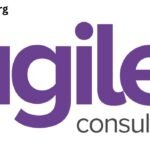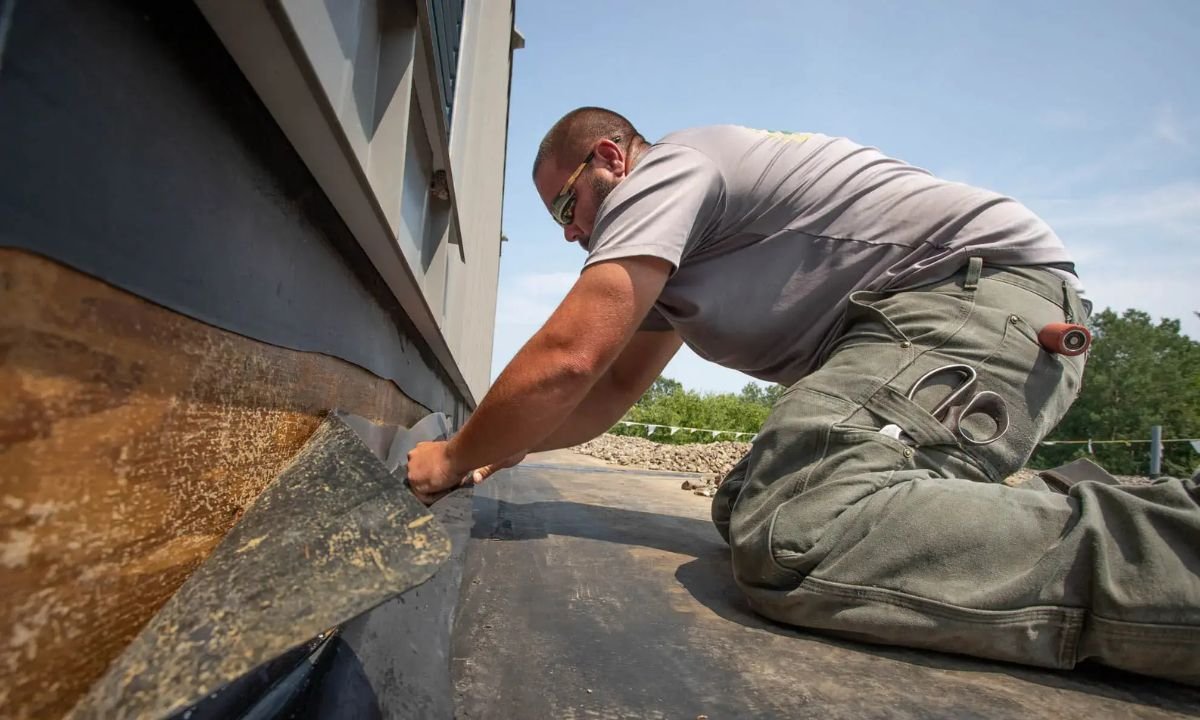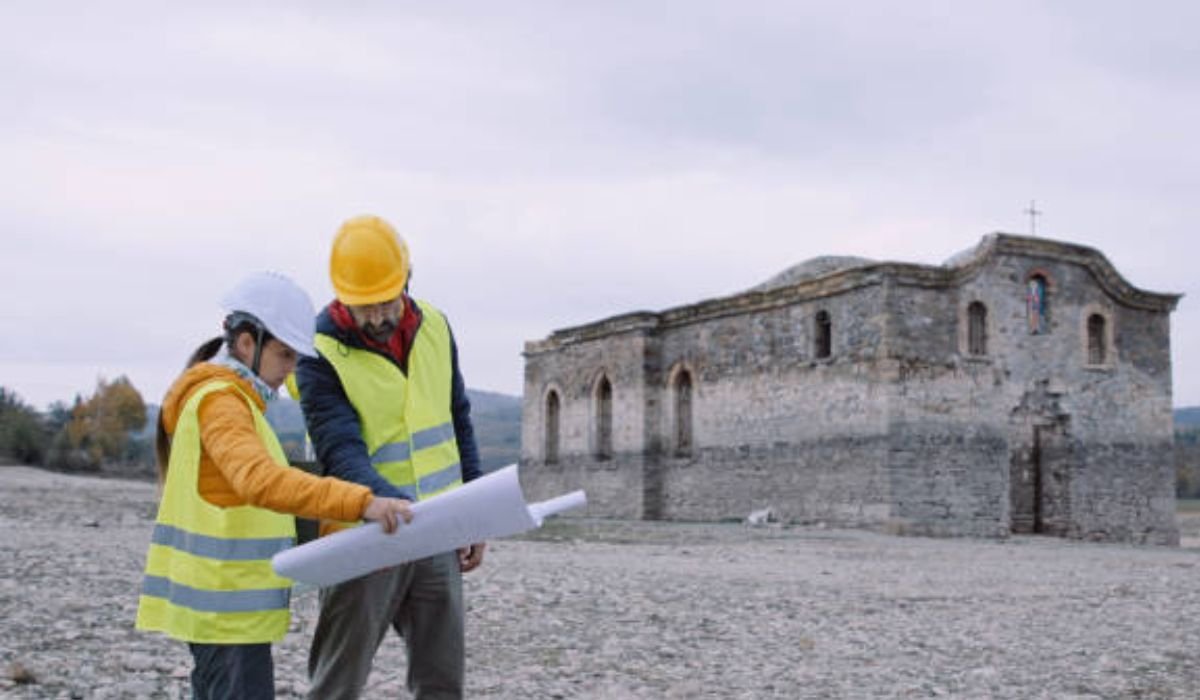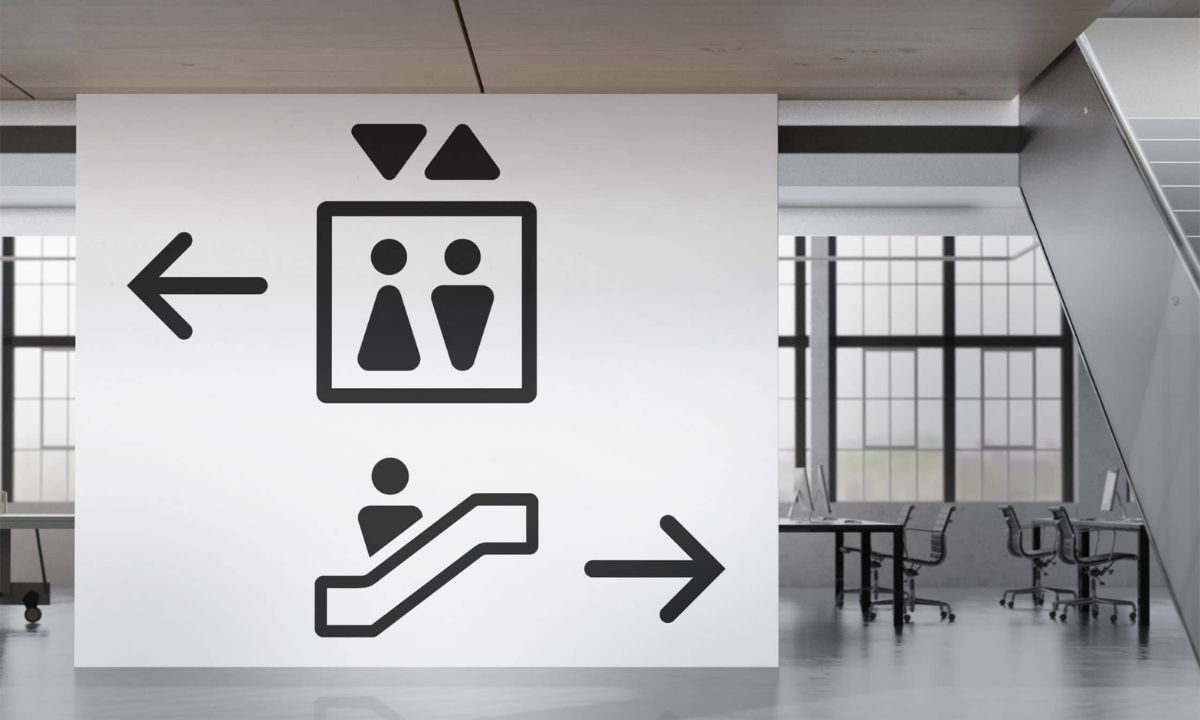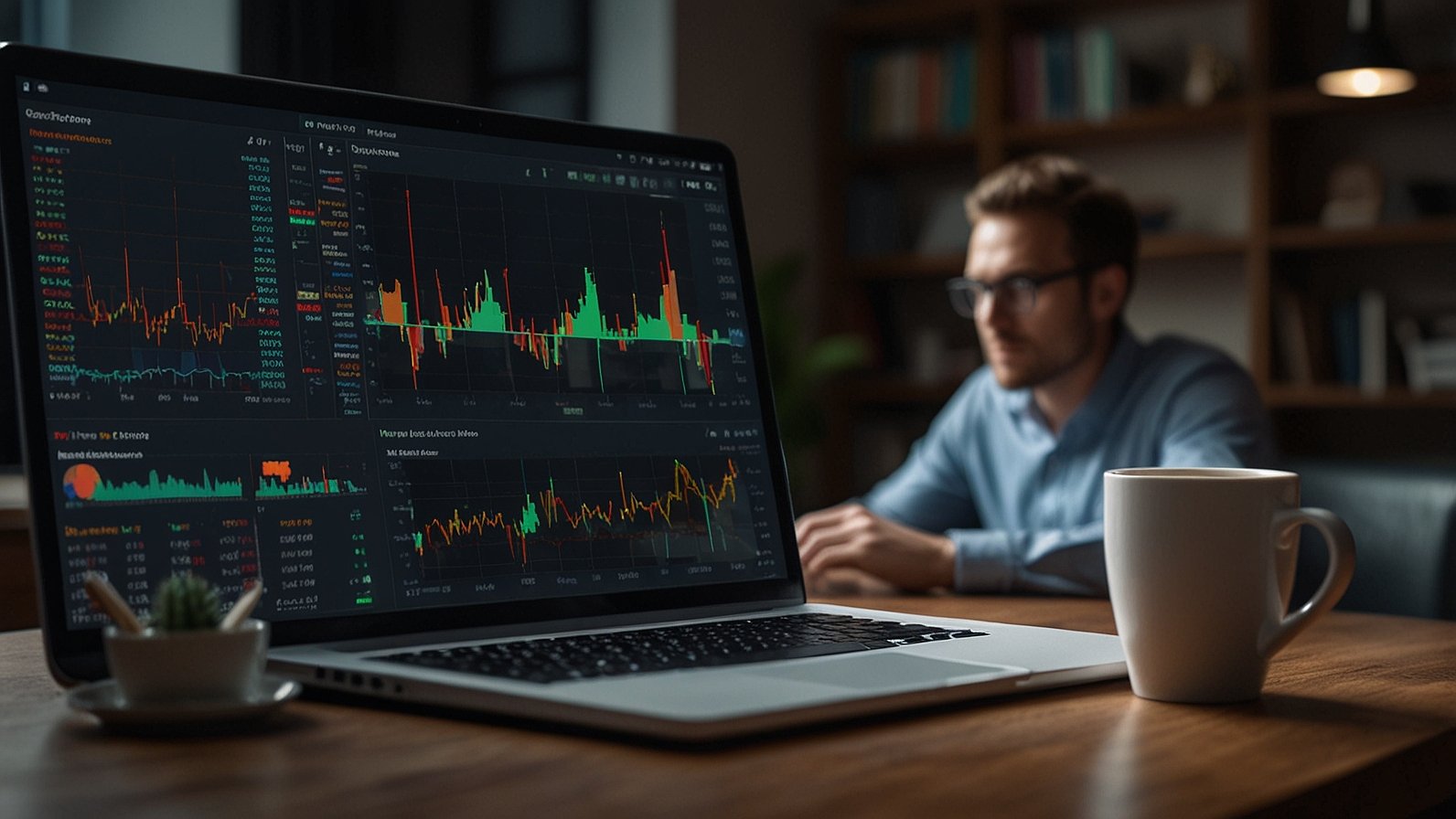Key Takeaways
- Understanding the frequent issues in commercial roofing helps in timely maintenance and prevention.
- Addressing roofing problems promptly can save businesses significant repair costs.
- Professional services offer reliable solutions to complex roofing issues.
Introduction to Commercial Roofing Challenges
Commercial roofs face various pressures, from severe weather to frequent foot traffic. Identifying and addressing common issues early on can prevent costly damages and significantly extend the roof’s lifespan. Engaging a reliable commercial roofing company ensures potential problems are caught and remedied before they escalate, offering peace of mind and long-term savings. This article delves into commercial roofs’ most common issues and provides practical solutions.
Water Pooling
Water pooling, or ponding, occurs when rainwater accumulates on the roof due to insufficient drainage. If left unaddressed, this stagnant water can lead to leaks, mold, and premature aging of the roofing material. Over time, the weakened areas may develop soft spots and deteriorate faster. Regular maintenance, including cleaning gutters and ensuring proper drainage systems, can mitigate this problem. Installing custom-built drains and sloping enhancements can also be effective. Routine inspections are crucial in identifying areas prone to water pooling and taking preventive action before it becomes an issue.
Roof Leaks
Roof leaks are among the most notorious and disruptive roofing issues. They can arise from various sources, such as damaged flashing, broken shingles, or poor installation practices. Even minor leaks can cause extensive harm, such as structural deterioration, mold development, and interior water damage. Regular inspections and prompt repairs by a trusted commercial roofing company are crucial in preventing leaks from causing extensive damage to the building’s interior. Implementing a bi-annual inspection schedule, especially after severe weather conditions, can catch vulnerabilities early on, ensuring the roof remains watertight and intact.
Shrinkage of Roofing Material
Shrinkage primarily affects single-ply roofing materials like EPDM (ethylene propylene diene monomer). Over time, exposure to heat and extreme temperatures can cause these materials to shrink, leading to cracks, tearing, and, ultimately, system failure. Regular inspections and proper sealing can prevent shrinkage from escalating into more severe problems. Utilizing high-quality, shrink-resistant materials during installation and ensuring they are adequately secured can significantly reduce the chances of shrinkage and extend the roof’s lifespan.
Blow-offs and Tenting
Blow-offs occur when strong winds tear off parts of the roof due to poor adhesion, often resulting from substandard installation methods. Tenting is a related problem where roof sections bubble up or lift, usually due to improper fastening or thermal expansion. These issues can compromise the roof’s integrity and make it more susceptible to further damage. Ensuring the roof’s installation follows rigorous standards, including proper adhesion and fastening, can mitigate these issues.
Punctures and Penetrations
Foot traffic, equipment installations, and severe weather conditions can cause punctures and penetrations in the roofing material. These openings can lead to leaks, structural weaknesses, and roofing system deterioration. Protective walkways on the roof can minimize the risk of damage from foot traffic, while careful planning and execution during equipment installations can prevent accidental punctures. Using durable, puncture-resistant materials and implementing regular inspections can help identify and repair these vulnerabilities before they cause significant issues.
Thermal Stress and UV Damage
Continuous exposure to sunlight and temperature changes can cause the roofing material to expand and contract, causing cracks, blisters, and other forms of damage. UV radiation can also degrade roofing materials, reducing their effectiveness and lifespan. To combat this, using high-quality, UV-resistant materials and applying protective coatings can significantly reduce thermal stress and UV damage. These coatings reflect sunlight, keeping the roof cooler and reducing thermal expansion.
Improper or Lack of Maintenance
Refrain from regular maintenance is a leading cause of many roofing issues. Minor problems can escalate into significant, costly repairs without routine inspections and proactive care. A proactive maintenance plan, including regular inspections, timely repairs, and thorough cleaning, can identify and address potential problems early. Ensuring that the roof is free from debris.
Faulty Installation
Poor installation practices can lead to many problems, including leaks, blow-offs, and a reduced roof lifespan. Common issues arise from inadequate adhesion, improper sealing, and substandard materials. Hiring experienced and reputable contractors who adhere to industry standards is crucial to ensure the job is done correctly the first time. Verifying the contractor’s credentials, checking references, and requiring a thorough inspection upon completion can help ensure quality installation and prevent future issues.
Vegetation Growth
Over time, moss, algae, and other vegetation can grow on the roof, especially in areas with high humidity and shade. This growth can damage the roofing material, block drainage systems, and create an environment conducive to water retention and leaks. Regular cleaning and maintenance can prevent vegetation from taking root and causing problems. Applying anti-microbial treatments and keeping the roof clear of debris can also deter growth. Routine inspections to remove vegetation and address underlying moisture issues are essential for maintaining a healthy roof.
Structural Issues
Problems with the building’s underlying structure can affect the roof’s integrity. Issues such as settling, sagging, or cracking the building’s framework can lead to significant roofing problems, including misalignment, leaks, and compromised load-bearing capacity. Addressing structural issues promptly with professional help ensures the roof remains sound and effective. Regular inspections by structural engineers and contractors can identify early signs of structural distress, allowing for timely interventions to prevent further damage and ensure the overall integrity of the building.
Conclusion
Understanding these common commercial roofing issues and their solutions can help property managers extend the life of their roofs and avoid costly repairs. Regular maintenance, professional installation, and timely repairs are critical to a healthy roofing system. By staying proactive and engaging experienced roofing professionals, businesses can safeguard their investments and maintain the structural integrity of their facilities.


